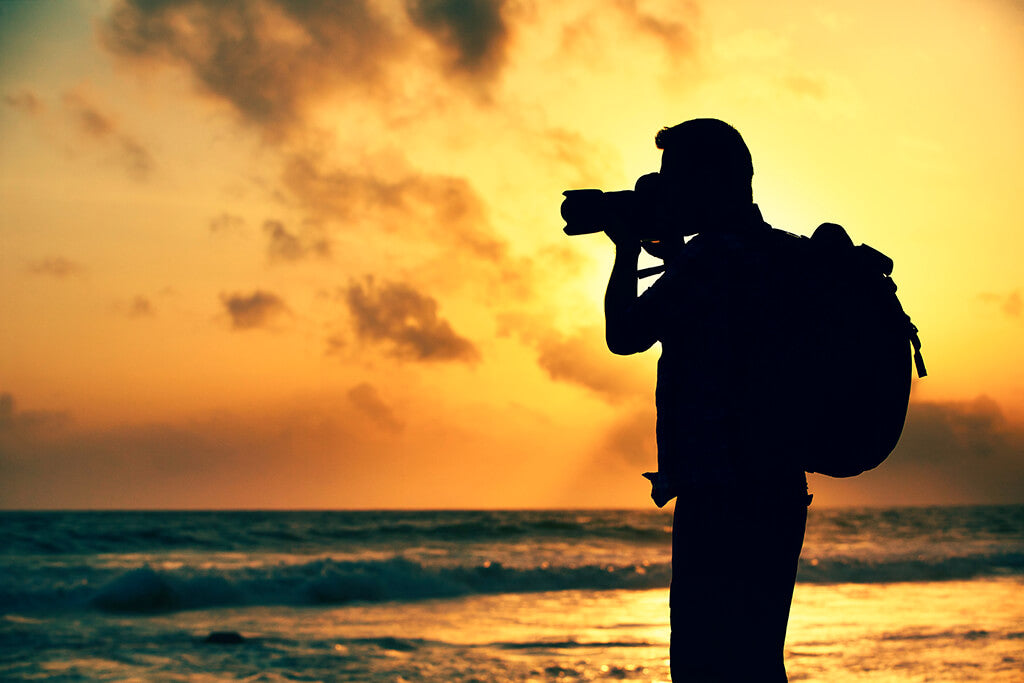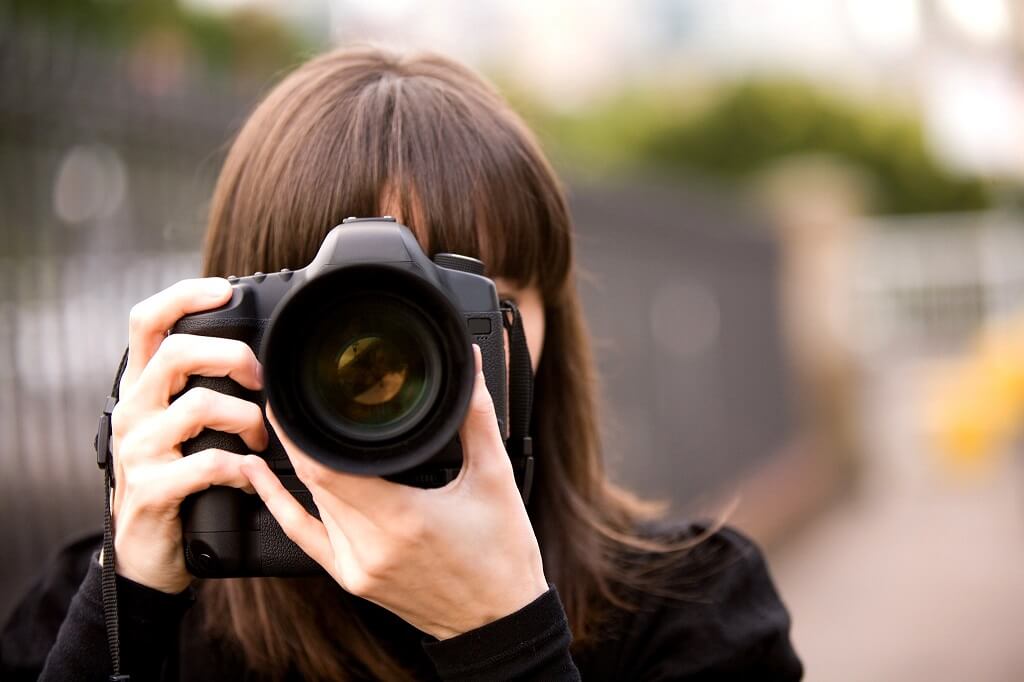-
Lightroom Presets
- Mobile Presets
-
Photoshop
-
Learn
-
Support
-
Install
- Best Sellers
- Blog
By Anna Gay on | No Comments

Lens hoods are one of those camera accessory items that most people have seen and are even INCLUDED with most new lens purchases but are rarely used by many photographers.
Why is that?
Lens hoods seem to cause a certain amount of confusion among new photographers. However, I hope to clear up some of this misunderstanding as there are several SIGNIFICANT BENEFITS TO USING A LENS HOOD and very few drawbacks.
Here is a rundown of what lens hoods are, what they are designed for, and when (and how) you should use them.
A lens hood acts as a visor, blocking intense light from entering the lens from an angle. Without a lens hood, strong light hitting your lens at an angle can often cause lens flares, ghosting, reduce the contrast, and lower the overall quality of your image.
While lens flares can often be a fun element of a photo, they can also become highly distracting, so use a lens hood if you want to reduce and eliminate lens flare.

Even if you are not worried about unwanted light, a lens hood can protect against accidental impact, scratches, and fingerprints.
Have you ever walked around with your camera hanging from your shoulder and bumped into something? Or accidentally touched your lens, leaving behind your oily fingerprints?
Of course, you can clean your lens - but who wants to do that regularly? Not me! A lens hood will protect your camera lens from all these situations, so why not use it!

Lens hoods typically come in either a cylindrical or slightly more complex petal design.
A Cylindrical Lens Hood will generally work well and gets the job done. This type of lens hood is often used with a prime or telephoto lens and will completely block stray light.
Even more popular are Petal Lens Hoods (sometimes called a Tulip Lens Hood). These are shorter lens hoods that have curved notches. The shorter edges of a petal hood will let more light into a lens than a cylindrical-shaped hood, yet it is still big enough to be highly effective.

Lens hoods attach directly to the front of your lens and work best on normal, telephoto, and zoom lenses.
I would not recommend using a lens hood with a wide-angle lens. If you do, you run the risk of the lens hood appearing in your image, creating a heavy (and solid black) vignette! This is not something you want in your photo.

Any time your subject is backlit (for example, when you are shooting backlit during golden hour), or you are shooting into or near strong sunlight, you are bound to get a lens flare. This is a perfect time for a lens hood!
Also, if you are using off-camera flash (or just about any bright, off-camera light source), you may find that your light source is generating a lens flare. Therefore, indoor flash photography and studio photography often require a lens hood.
Night photography also benefits from using a lens hood as harsh lights that cause lens flare can come from many different sources and directions at night. These harsh light sources can include street lamps, car lights, tree lights, buildings... you get the picture!
As you can see, there are many benefits to using a lens hood with very few, if any, drawbacks. Plus, I think a lens hood attached to a camera looks pretty darn cool too, and who doesn't want to look fabulous?
Do you have any questions or comments about using a Lens Hood? Leave us a comment below - we would love to hear from you! And PLEASE SHARE this post using the social sharing buttons (We really appreciate it)!




Anna Gay is a portrait photographer based in Athens, GA and the author of the dPS ebook The Art of Self-Portraiture. She also designs actions and textures for Photoshop. When she is not shooting or writing, she enjoys spending time with her husband, and their two cats, Elphie and Fat Cat.

Comments